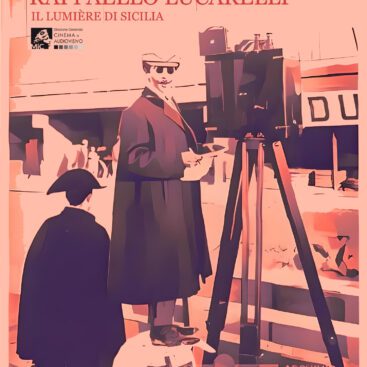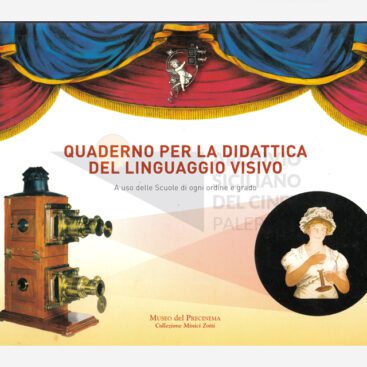Toward the end of the 1940s, when Germany was still covered with mountains of rubble and poverty prevailed, the first attempts were begun in Munich, Wiesbaden, and Berlin to gather films together, catalogue them in archives, and screen them for the public. In this way, young film fans were able to view the forgotten films of the 1920s and 1930s, or those that had been forbidden by the Nazis. Of the large holdings of the former Reich Film Archives, only a few minor fragments remained in the western part of Germany. Almost all the important films from the period prior to 1933 were lacking.The Federal Republic of Germany, along with West Berlin, has ever since remained an underdeveloped country as far as film archives go. The situation would be even more appalling, and the efforts of the Deutsches Institut für Filmkunde in Wiesbaden, the Film Archives of the Federal Archives in Coblenz, the Städtisches Filmmuseum in Munich, and the Stiftung Deutsche Kinemathek in Berlin would be even less successful if there had not been a few ardent private collectors who, regardless of all political catastrophes, maintained their holdings, enlarged them, and saved them through thick and thin. Thus, it was only possible for the Stiftung Deutsche Kinemathek to develop because the Lamprecht and Fidelius Collections constituted a solid foundation for it.Gerhard Lamprecht, however, was not merely our most important source of prints of films. He was also our first teacher, setting us an example through the loving respect with which he handled the films in his care. This manifested itself in the almost unsurpassable solicitude with which he stored, conserved, and constantly examined each print. But even more important was his critical scrutiny of the prints, which had usually been discovered by chance, to determine whether they conformed with the original version of the films. He studied them, compared them, sometimes even added material to them, in every case endeavoring to assess as accurately as possible the relationship of the discovered print to the original. Another thing we learned from Gerhard Lamprecht is that the finished film seldom, or almost never, reflects its genesis—the way it came to be made. The genesis of the film is, however, essential to a deeper understanding of it and thus to any scholarly study of the history of film. (...) [Heinz Rathsack]
Sezione bibliografica dedicata al cinema espressionista tedesco, o al nesso correlato.

Cinema espressionista
Thematic library
Description
Libro
Details
Great Film Stills of the German Silent Era
125 Stills from the Stiftung Deutsche Kinemathek
John Kobal
Lotte H. Eisner
Dover Books on Cinema and the Stage
Dover Publications, Inc.
New York
1981
978-0486241951
112
Cartoncino
20,7 x 0,8 x 27,7 cm
370 gr
ISBN-10: 0486241955
Cat. BCS-ET-033
STAI SVOLGENDO UNO STUDIO O DELLE RICERCHE
Vuoi consultare o esaminare i materiali dei fondi archivistici?
Pianifica subito una sessione di approfondimento per il tuo progetto.





